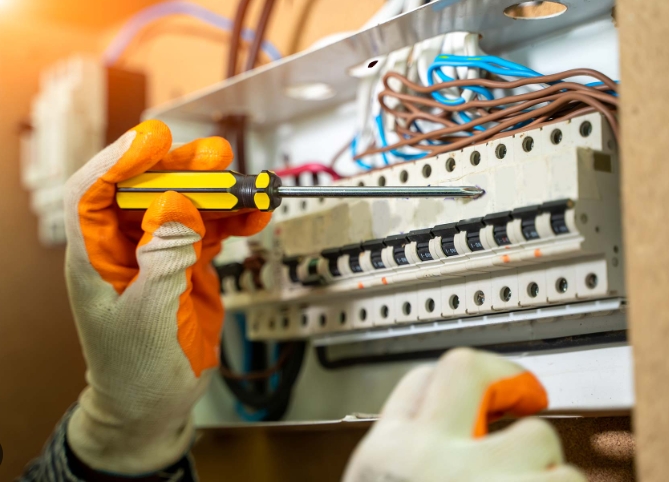In the realm of electrical engineering and maintenance, electrical testing is a critical process that ensures the safety, reliability, and efficiency of electrical systems. Whether in residential, commercial, or industrial settings, understanding what is checked during an electrical test can significantly enhance safety protocols and operational efficiency. This article delves into the multifaceted aspects of electrical testing, highlighting the key components that professionals examine to ensure compliance with safety standards and optimal performance.
- Understanding Electrical Testing
Electrical testing encompasses a variety of procedures designed to assess the integrity and functionality of electrical systems. These tests are crucial for identifying potential hazards, ensuring compliance with regulatory standards, and maintaining the longevity of electrical equipment. The primary objectives of electrical testing include:
- Safety Assurance: Preventing electrical shocks, fires, and equipment damage.
- Performance Verification: Ensuring that electrical systems operate within specified parameters.
- Regulatory Compliance: Meeting local and international electrical codes and standards.
- Key Components of Electrical Testing
Electrical testing involves a comprehensive evaluation of various components within an electrical system. Here are the primary areas that professionals focus on during an electrical test:
a. Insulation Resistance Testing
One of the fundamental tests conducted is insulation resistance testing. This process measures the resistance of electrical insulation to prevent current leakage, which can lead to short circuits or electrical fires. Technicians typically use a megohmmeter to apply a high voltage to the insulation and measure the resistance. A high resistance value indicates good insulation, while a low value signals potential issues that need addressing.
b. Continuity Testing
Continuity testing ensures that electrical circuits are complete and that there are no breaks in the wiring. This test is crucial for safety, as it verifies that current can flow through the circuit without interruption. Technicians use a multimeter to check for continuity, which is essential for grounding systems and ensuring that protective devices function correctly.
c. Earth Ground Testing
Grounding is a vital safety feature in electrical systems, preventing electric shock and equipment damage. Earth ground testing measures the effectiveness of grounding systems, ensuring that they provide a low-resistance path for fault currents. This test typically involves using a ground resistance tester to assess the resistance of the grounding system, ensuring it meets regulatory standards.
d. Voltage and Current Measurements
Accurate voltage and current measurements are essential for assessing the performance of electrical systems. Technicians use oscilloscopes and multimeters to measure voltage levels, current flow, and frequency. These measurements help identify any deviations from normal operating conditions, which could indicate underlying issues.
e. Load Testing
Load testing evaluates how electrical systems perform under various load conditions. This test simulates real-world usage by applying a load to the system and measuring its response. Load testing is crucial for ensuring that electrical systems can handle peak demands without overheating or failing.
- Importance of Electrical Testing
The significance of electrical testing cannot be overstated. Regular testing not only enhances safety but also contributes to the longevity and efficiency of electrical systems. Here are some key benefits:
- Prevention of Electrical Hazards: Regular testing helps identify potential hazards before they escalate into serious issues, protecting both personnel and property.
- Cost Savings: By identifying inefficiencies and potential failures early, organizations can avoid costly repairs and downtime.
- Regulatory Compliance: Adhering to electrical testing standards ensures compliance with local and international regulations, reducing the risk of legal issues and fines.
- Conclusion
In conclusion, electrical testing is an indispensable aspect of maintaining safe and efficient electrical systems. By understanding what is checked during an electrical test—ranging from insulation resistance to load testing—professionals can ensure that their systems operate reliably and safely. Regular testing not only protects individuals and property but also enhances the overall performance of electrical systems, making it a critical practice in any electrical maintenance program.

